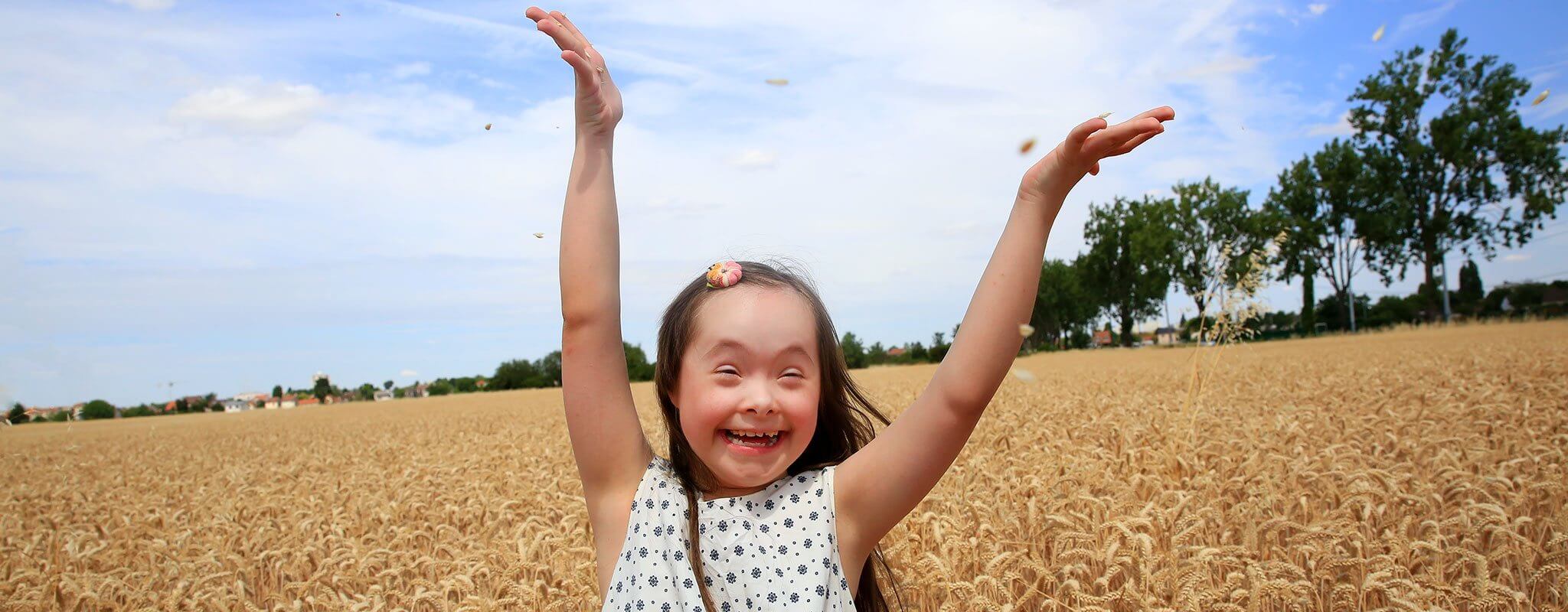What is Baby Bottle Tooth Decay?
Description
- This tooth decay is in the baby teeth.
- The upper front teeth (incisors) are usually damaged first.
- Although the process starts soon after tooth eruption, it is often not noticed until about 1 year of age.
- White spots on the baby teeth is the earliest sign.
- This is the main type of tooth decay in infants.
- The infant is allowed to have a bottle in the bed (a crib bottle).
- The older infant or toddler is allowed to carry a bottle around during the day (a tote bottle).
Causes of Baby Bottle Tooth Decay
Baby bottle tooth decay (BBTD) is caused by prolonged contact with sugar in liquid. Milk, formula, juice, Kool-Aid, and soft drinks all contain sugar. If your child falls asleep with a bottle in his or her mouth or constantly drinks from a bottle during the day, the sugar coats the upper teeth. The normal bacteria in the mouth change the sugar to an acid. Because the enamel of baby teeth is only half the thickness of an eggshell, the acid gradually dissolves the enamel and allows decay to occur in the underlying tooth structure.
The availability of plastic bottles instead of glass bottles has led many parents to be less concerned about giving their infant a bottle. A bottle of formula or juice is a quick way to help a child go to sleep at night or to deal with middle-of-the-night crying. It also becomes a handy way to deal with fussiness during the daytime. Many parents are unaware of the side effects of allowing a child to sip from a bottle.
Expected Outcome
If BBTD is not detected and treated, decay will eventually destroy the teeth and they will break off at the gumline. The decay will continue to destroy the root of the tooth and cause ongoing pain. Dental repair of BBTD requires general anesthesia. If the problem is detected at an early level, the teeth can be covered with stainless steel caps. If the decay is severe, the teeth will need to be pulled out. The child will then have to chew with the teeth on the side of the mouth and may also be teased about the missing teeth in front. The baby teeth are important because they save the appropriate space for the permanent teeth to fill later. If they are lost too early, the permanent teeth may come in crooked or be crowded.
Protecting Your Child from Baby Bottle Tooth Decay
- Never give your infant a crib bottle. Don't bottle-feed your baby until she falls asleep. It is the most common cause of bottle dependency and it eventually will cause sleep problems because your child will expect bottle-feeding as a transition into sleep, even following normal awakenings during the night. Separate the last bottle-feeding of the evening from bedtime. Even though baby teeth don't start coming in until 6 months, don't start a bad habit that will later need to be broken. In general, don't allow your infant to ever think that the bottle is her property. You won't voluntarily get it back.
- Don't allow your infant to have a tote or companion bottle during the day. Don't substitute a bottle for a pacifier, security object, toy, or being held. Give a bottle only during mealtimes.
- Introduce a cup by 6 months of age. Introducing a cup is the best way to prevent bottle dependency. Don't expect self-initiated weaning unless a child has been exposed to a cup. Also don't expect weaning to occur in a day or a week. It takes gradual exposure to a cup over 3 months or longer for a child to learn to prefer the cup over the bottle.
- If your infant has developed a bottle habit, continue to offer it, but fill it only with water. Water cannot harm the tooth enamel. Water is also boring and will help your child eventually give up the bottle. The bottle itself is not harmful.
When to Contact Our Office
Call our office during regular hours if:
- Your child cannot give up the bottle.
- You see white spots on the baby teeth.
- You think your child might have BBTD.
- You have other questions or concerns.
Instructions for Pediatric Patients, 2nd Edition, ©1999 by WB Saunders Company. Written by Barton D. Schmitt, MD, pediatrician and author of Your Child’s Health, Bantam Books, a book for parents.





